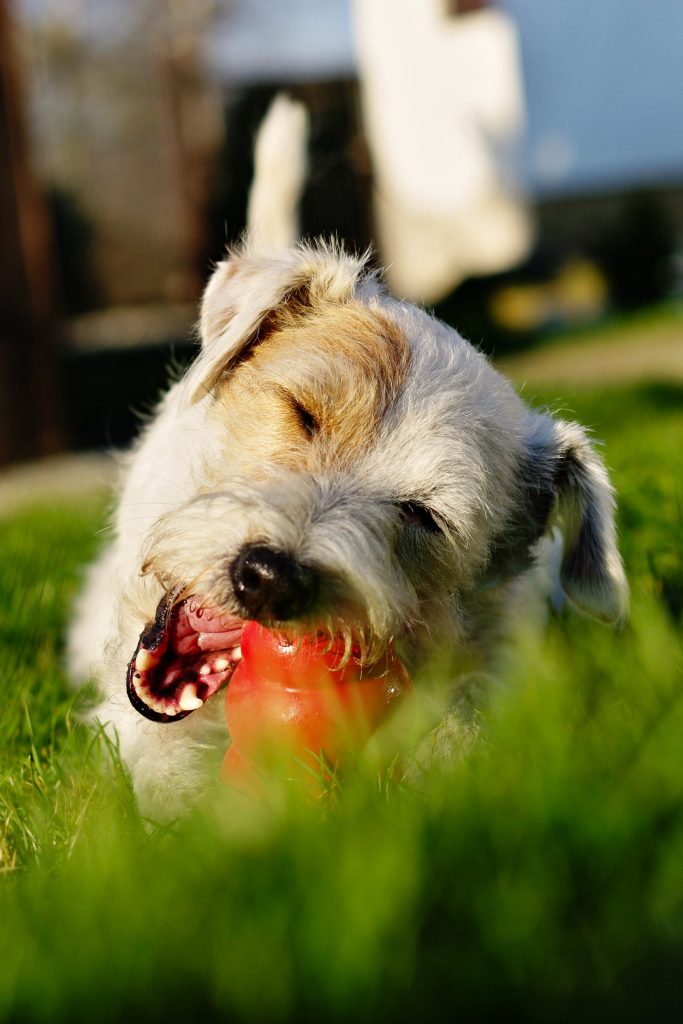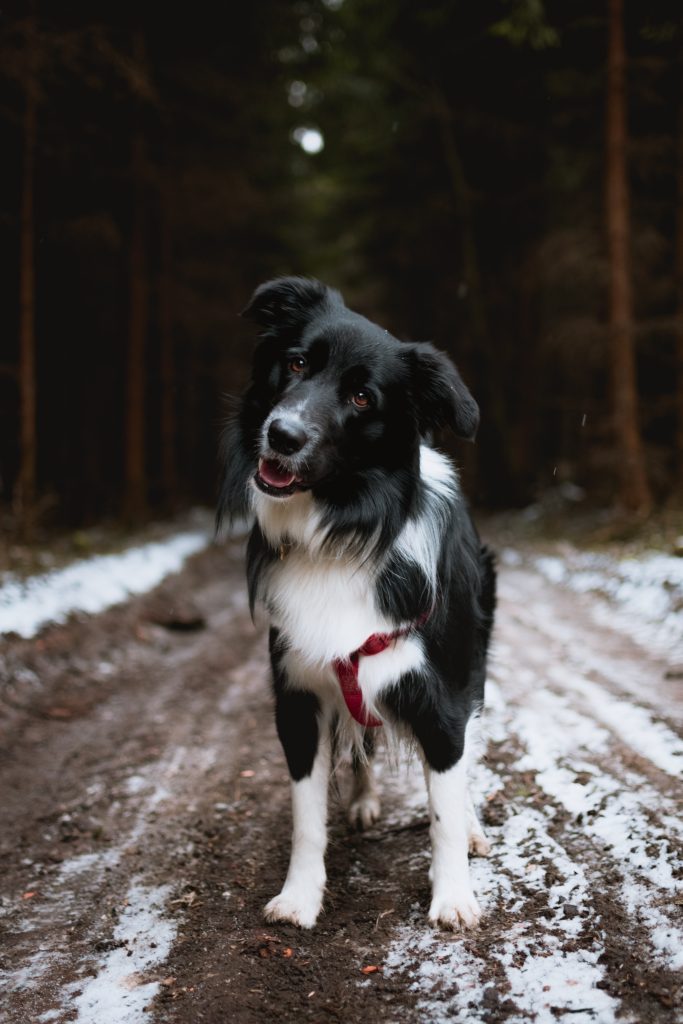Factors to Consider When Choosing a High-Energy Dog Breed: Understanding the energy levels, grooming needs, and lifestyle compatibility are key factors to consider when choosing a high-energy dog breed.

Understanding High-Energy Dog Breeds
When considering high-energy dog breeds, it’s important to understand their specific needs and requirements to ensure a harmonious companionship. For instance, Siberian Huskies, known for their boundless energy, need one to two 30-60 minute brisk walks each day, in addition to off-leash running opportunities, to maintain their physical and mental well-being. Similarly, Kelpies and Border Collies, also high-energy breeds, thrive when engaged in activities that challenge and stimulate their intellect and energy levels. These breeds flourish when participating in agility, advanced obedience, and nose work, which not only provides physical exercise but also strengthens the bond between the pet and the owner.
It’s crucial to recognize that high-energy breeds have unique requirements that should be met to ensure their overall happiness and welfare. By understanding the distinct needs of these breeds, potential owners can effectively assess whether they can provide the necessary time, effort, and resources to meet the demands of these energetic companions.
Factors to Consider When Choosing a High-Energy Dog Breed
When selecting a high-energy dog breed, it’s important to carefully assess how the dog’s energy level matches your lifestyle. For instance, if you lead an active lifestyle and enjoy outdoor activities, a high-energy breed like a Border Collie or a Siberian Husky might be an excellent match. On the other hand, if you have a more laid-back routine, a high-energy dog might not be the best fit, as they require a significant amount of exercise and mental stimulation to thrive.
Additionally, the coat type of high-energy dog breeds plays a crucial role in grooming and shedding requirements. Breeds like the Siberian Husky and Australian Shepherd have double coats, which means they shed more and require regular brushing to manage their fur. Conversely, breeds like the Poodle and Portuguese Water Dog have hypoallergenic coats, making them suitable for individuals with allergies.
It’s also important to consider the stage of life of the dog when making your choice. High-energy puppies require substantial time and effort for training and housebreaking, and they may not be suitable for individuals with busy schedules or limited time for training. On the other hand, senior dogs can be a wonderful option for those seeking a high-energy breed without the commitment of raising and training a puppy. Senior dogs often have a more established personality and may require less intensive training, making them a great fit for individuals with less time to dedicate to training and housebreaking.

Pros and Cons of Owning a High-Energy Dog
There are several benefits to owning a high-energy dog breed. For individuals with an active lifestyle, these dogs can serve as great exercise companions, providing motivation for regular physical activity and outdoor adventures. Breeds such as Border Collies and Australian Shepherds are known for their agility and energy, making them perfect partners for hiking, running, and other high-energy activities. This can lead to improved physical fitness and overall well-being for the owner, as well as a stronger bond between the dog and its human companion.
On the flip side, it’s essential to consider the potential drawbacks of owning a high-energy dog. These breeds often require more time and effort to keep them entertained and well-behaved. Without adequate exercise and mental stimulation, high-energy dogs can become bored and may engage in destructive behaviors such as chewing, digging, or excessive barking. Meeting the exercise and mental stimulation needs of these breeds can be demanding, and owners need to carefully assess whether they have the time and commitment to provide for these requirements before bringing a high-energy dog into their home.
It’s crucial for prospective owners to understand that while high-energy dogs can be incredibly rewarding, they also come with specific challenges that need to be addressed to ensure a harmonious and fulfilling relationship between the owner and the pet. This understanding can help individuals make an informed decision about whether a high-energy dog breed is the right fit for their lifestyle and circumstances.
Assessing Lifestyle Compatibility
When considering a high-energy dog breed, it’s essential to evaluate your lifestyle to ensure that the dog’s energy level aligns with your daily routine and activity level. For example, if you have a busy schedule and limited time for exercise, it may not be suitable to bring home a breed that requires extensive physical activity and mental stimulation. On the other hand, if you lead an active lifestyle and enjoy outdoor activities, a high-energy dog can be a great companion to join you on hikes, runs, and other adventures.
In addition to your activity level, it’s important to take into account the size of your living space when choosing a high-energy dog breed. Certain breeds, such as Border Collies and Australian Shepherds, thrive in spacious environments where they have room to move and play. Conversely, some breeds are more adaptable to smaller living spaces, making them a better fit for apartment dwellers or individuals with limited outdoor areas.
Furthermore, understanding the inherent traits of different dog breeds is crucial for finding the right match for your lifestyle. For instance, while some high-energy breeds excel in agility and advanced obedience, others may be more adept at activities like nose work and tracking. By considering the age and history of the dog, you can gain insights into its behavior, training needs, and compatibility with your household dynamics. This thorough assessment is essential for creating a fulfilling and lasting bond with your high-energy canine companion.

Conclusion
Choosing a high-energy dog breed is a significant decision that requires thoughtful consideration. By evaluating factors such as energy level, coat type, allergies, training requirements, and lifestyle compatibility, individuals can make an informed choice that aligns with their needs and capabilities.
When considering the energy level of a high-energy dog breed, it’s crucial to match it with your lifestyle. For example, if you lead an active and outdoorsy lifestyle, a high-energy breed like a Border Collie could be a perfect match. However, if you have a more laid-back routine, a high-energy breed may not be the best fit.
In addition to the energy level, the coat type of a high-energy dog breed is an essential consideration. Breeds with longer or thicker coats may require more grooming and shedding maintenance, which should be factored into your daily routine. For instance, a Siberian Husky has a thick double coat that sheds heavily, requiring regular grooming to manage shedding effectively.
Furthermore, individuals should consider if anyone in their household suffers from allergies. High-energy dog breeds with minimal shedding, such as Poodles, are often recommended for allergy sufferers. Understanding the specific needs of everyone in the household is crucial to ensuring the well-being and comfort of both the family members and the dog.
By carefully evaluating these factors, individuals can make a well-informed decision about choosing a high-energy dog breed that complements their lifestyle and meets their specific needs. It’s essential to emphasize the need for careful consideration before committing to owning a high-energy dog, as this can ultimately lead to a fulfilling and harmonious relationship between the owner and their canine companion.
